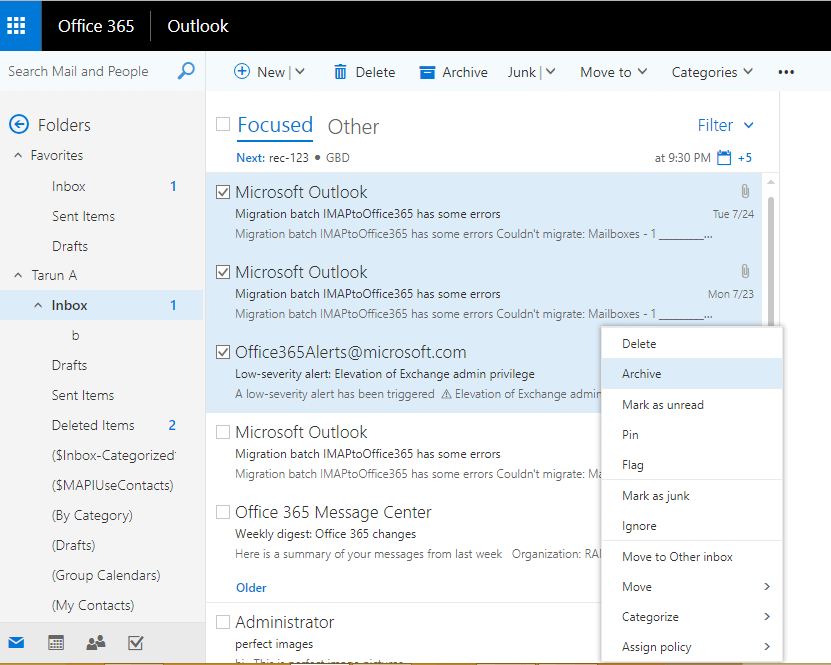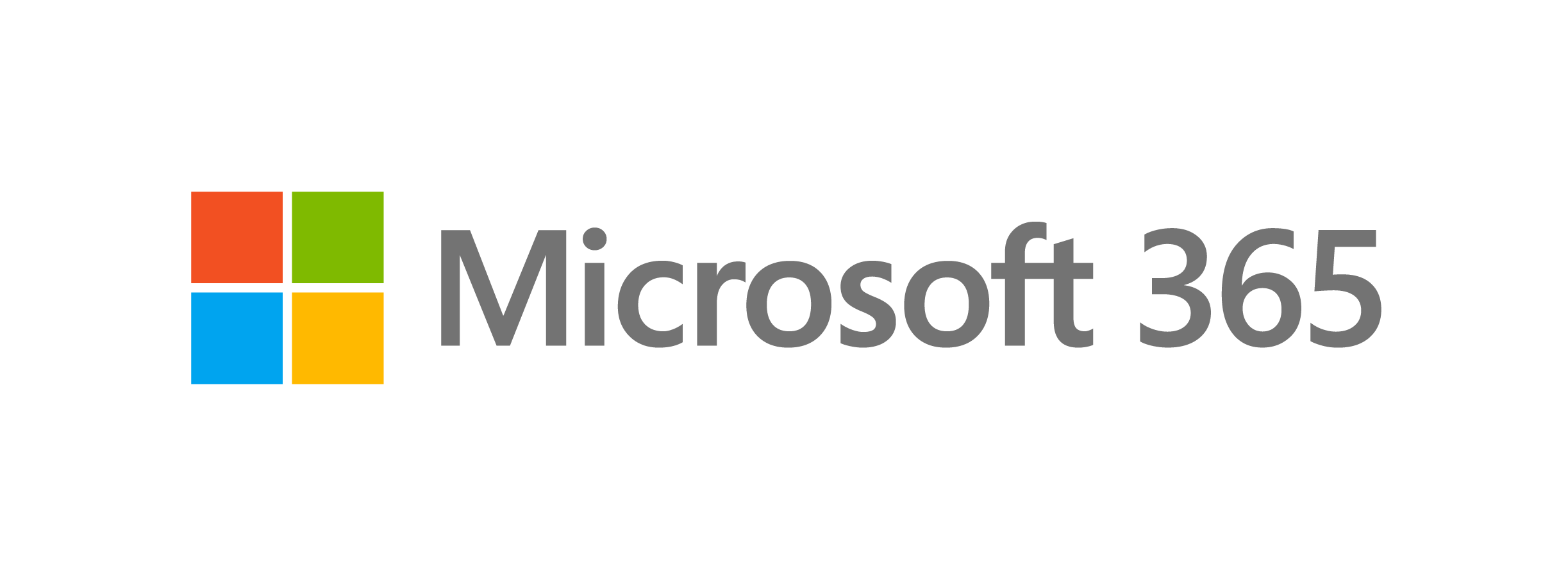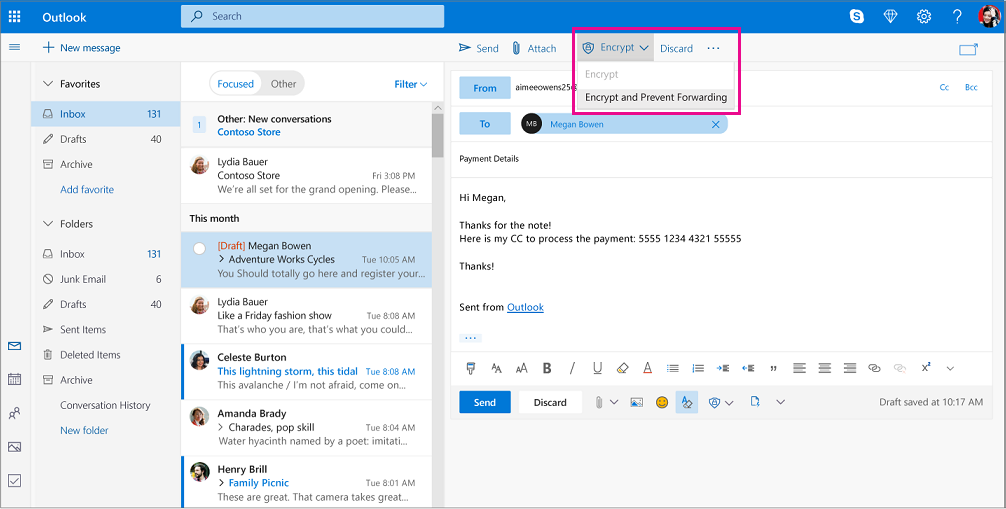
Reporting phishing attempts and suspicious messages helps keep the McMaster community safer. The best thing to do is report to the UTS Service Desk.Īll suspicious messages must be reported to and the message should be deleted from your inbox and your deleted folder. If you think you have been phished or hacked, don’t be embarrassed.


Poor spelling: spelling and grammar errors may indicate a phishing attack since legitimate organizations typically avoid these mistakes in their communications.Suspicious link: messages that encourage recipients to click and follow embedded hyperlinks may point to websites unrelated to the message and under the control of the attackers.Suspicious attachment: messages with unexpected or unusual attachments can contain malware.Unexpected message: messages from recognized senders that are unrelated to normal communications or job responsibilities can signal an account has been compromised or is fake.The suspicious sender or reply-to address: always treat messages from unknown or unfamiliar senders or accounts with extra caution.Common “red flags” or indicators include: Phishing messages can range from very basic to highly sophisticated. No McMaster email address will ask for your credentials.


If you have not given permission to receive unwanted mail from a sender, you can also report them to the Canadian Radio-television and Telecommunications Commission. Learn about the legislation as well as how to protect yourself from spam and how to report it when necessary. You are protected against spam under Canada’s anti-spam legislation (CASL). If you receive mail from a sender you recognize and you cannot unsubscribe, you can BLOCK them and move the mail to your JUNK folder


 0 kommentar(er)
0 kommentar(er)
